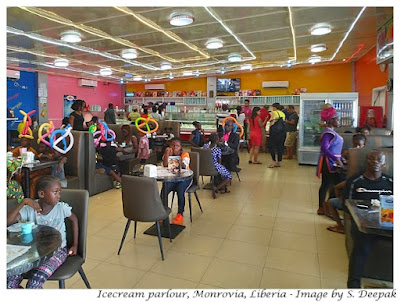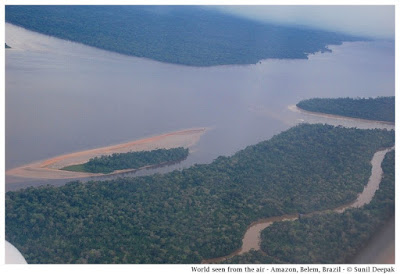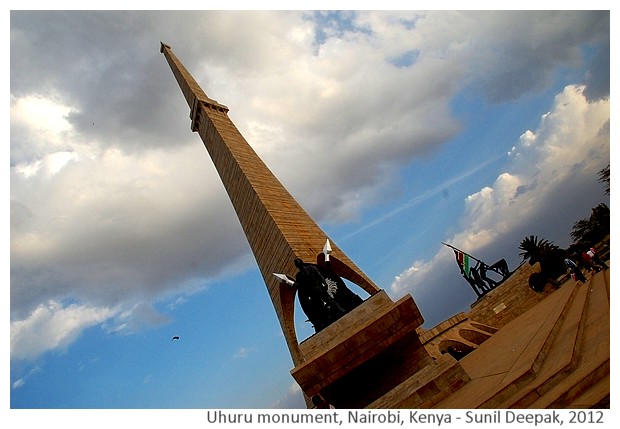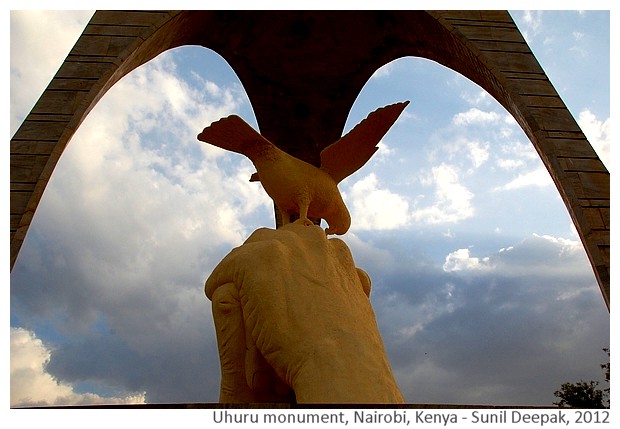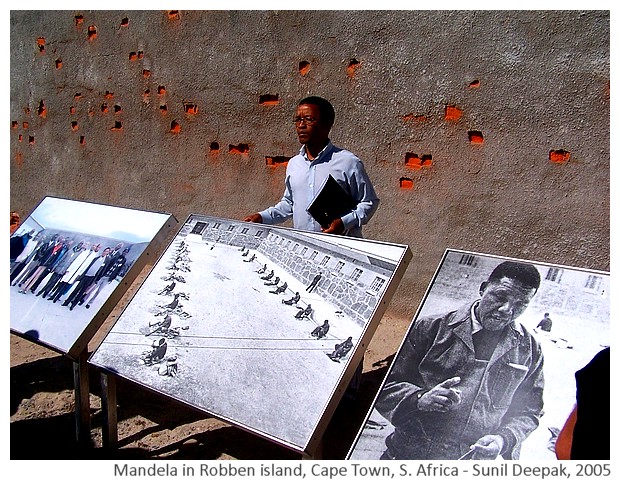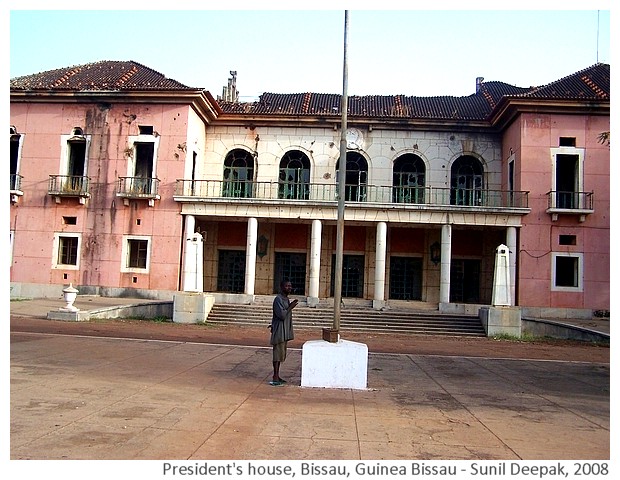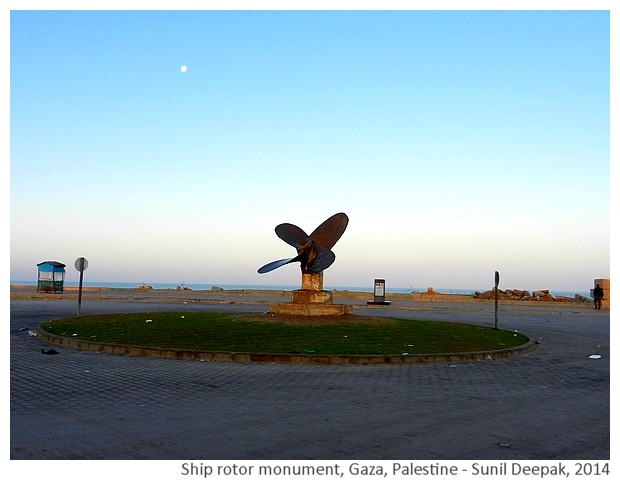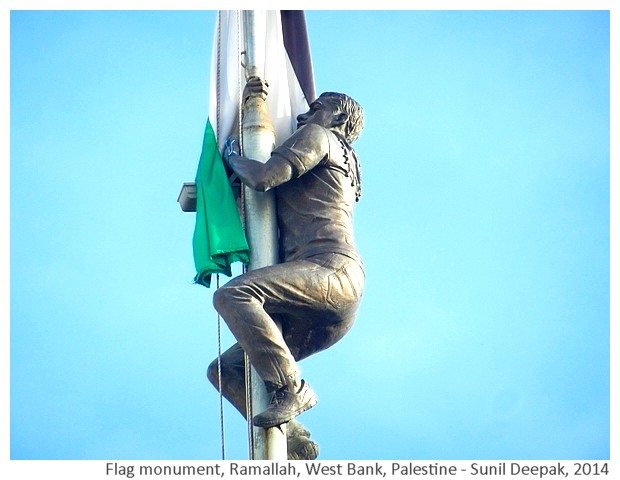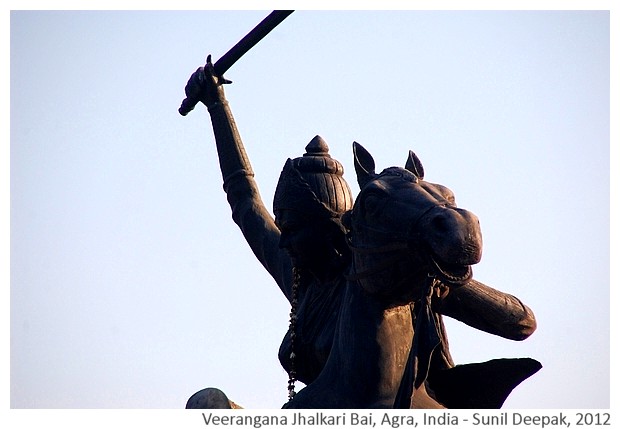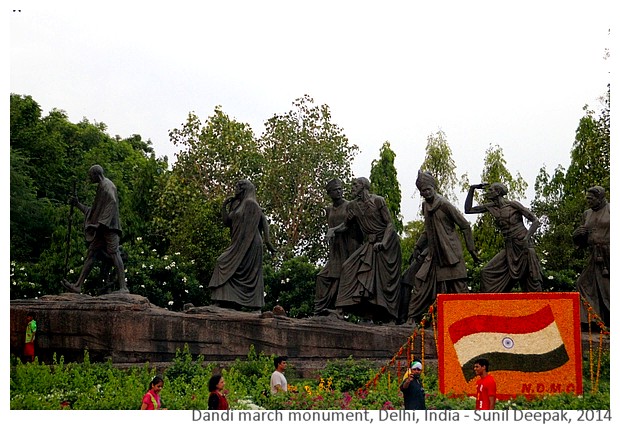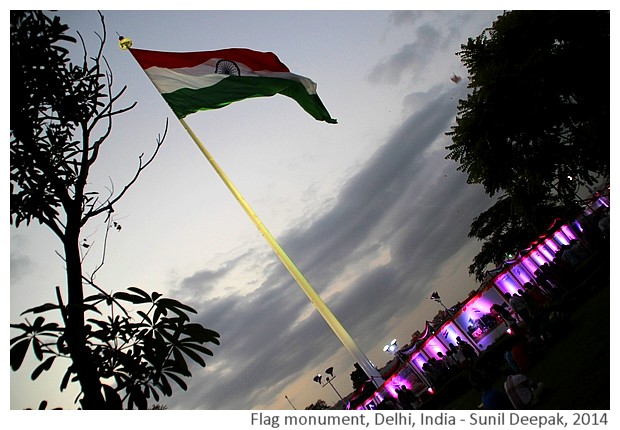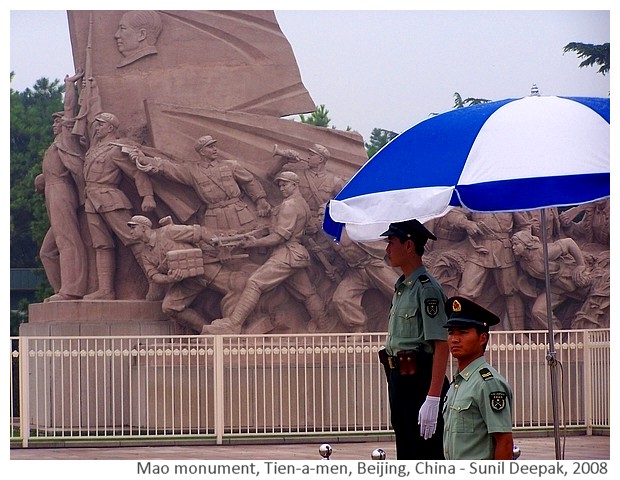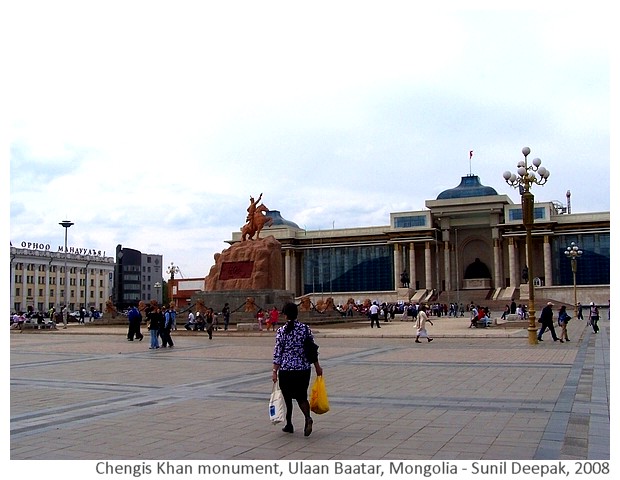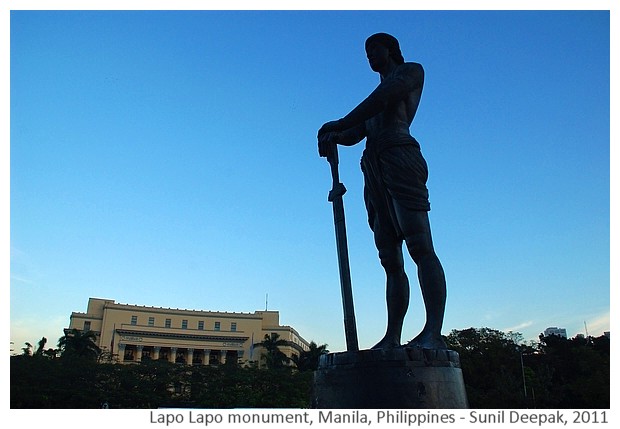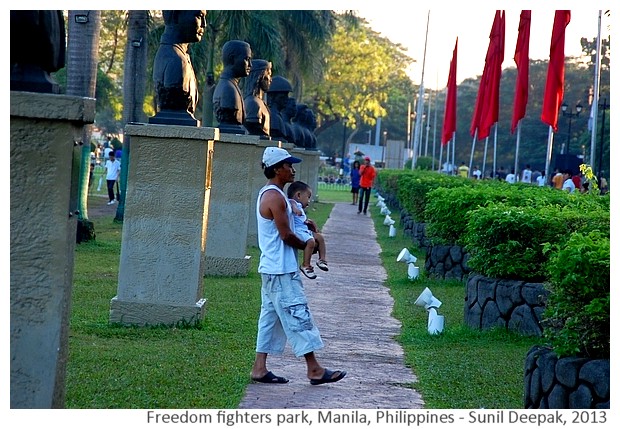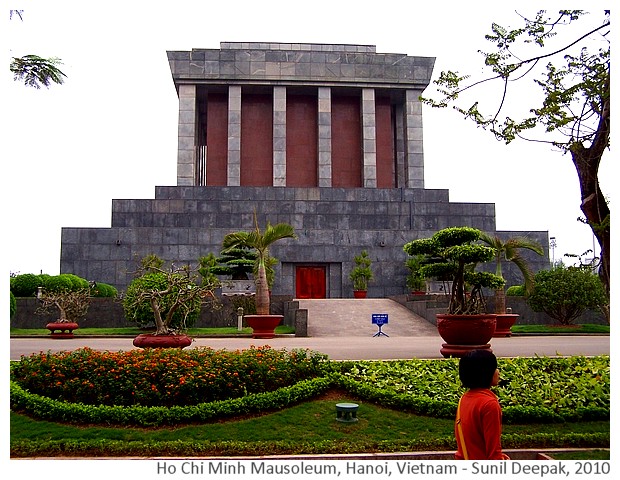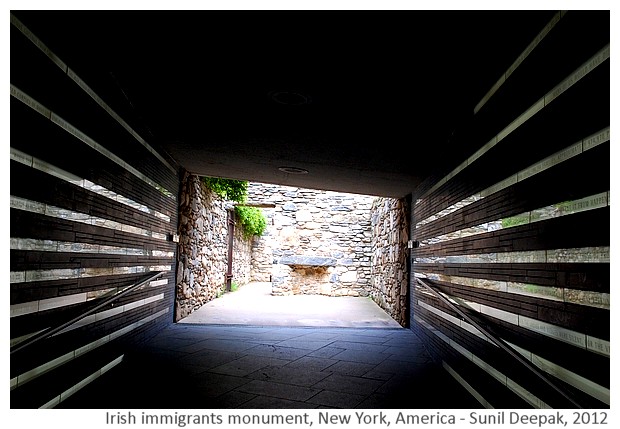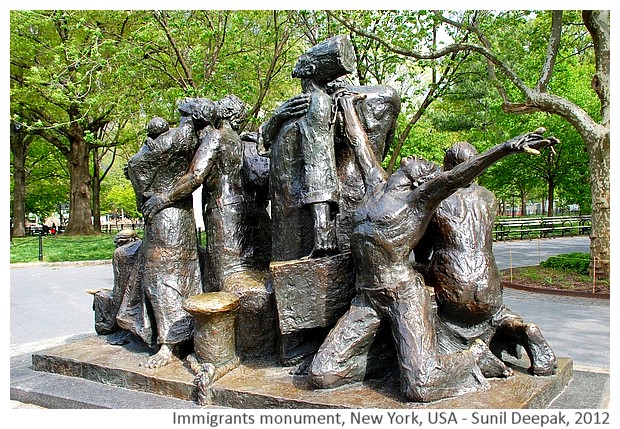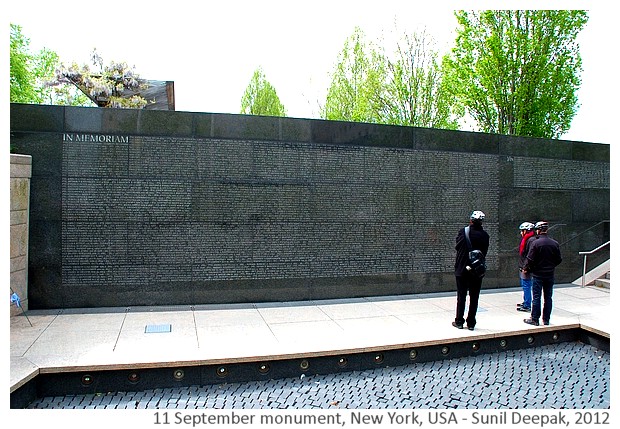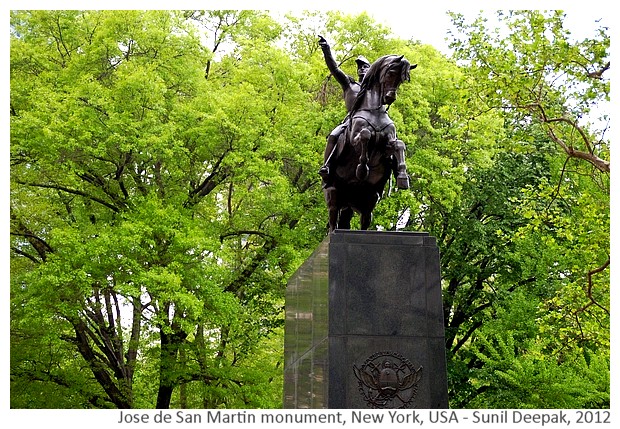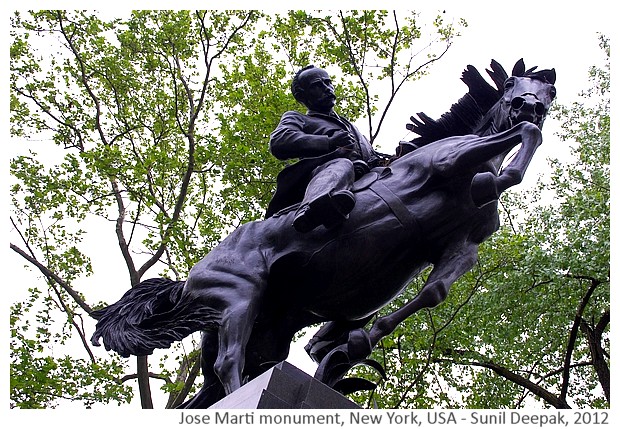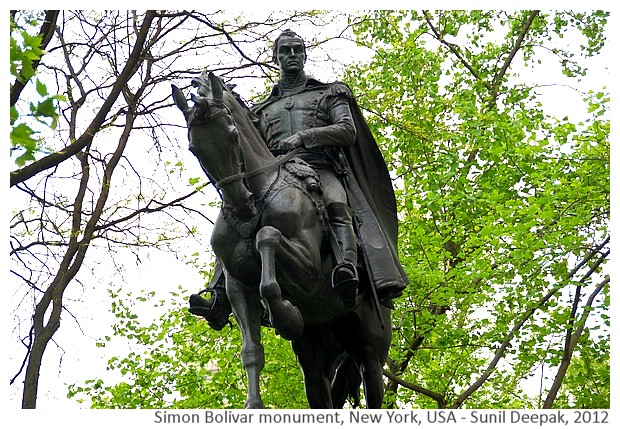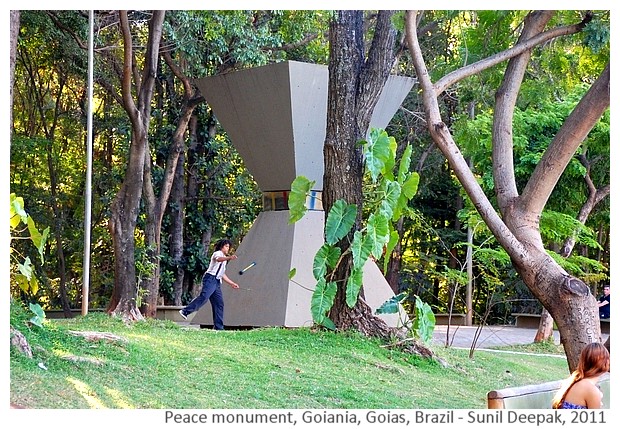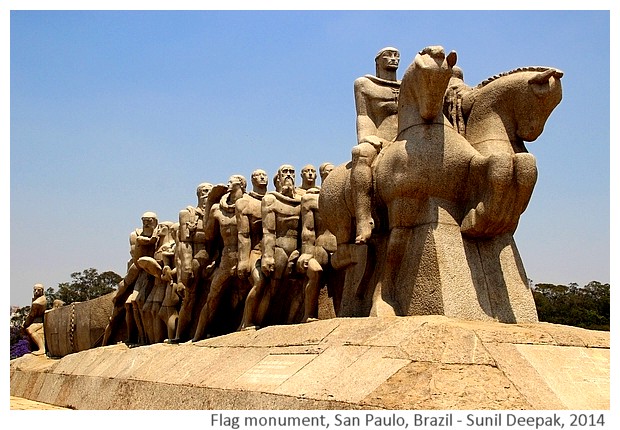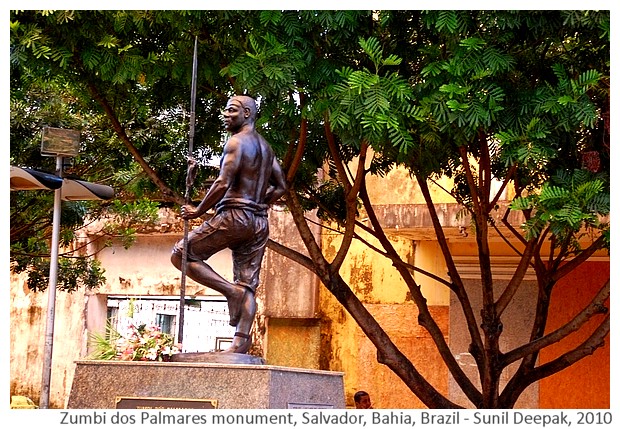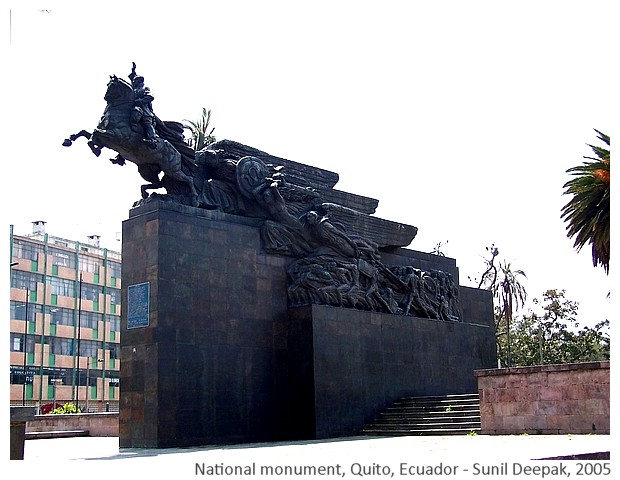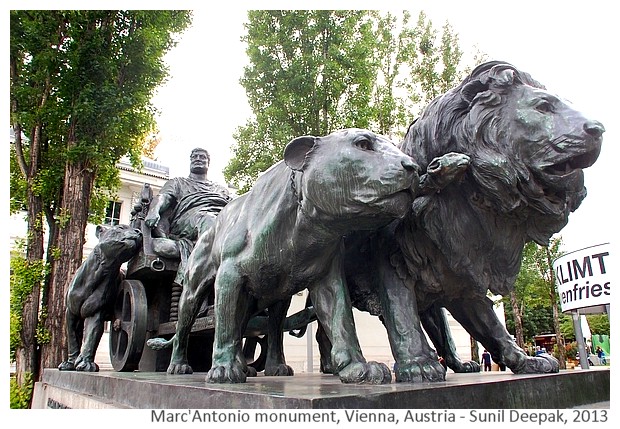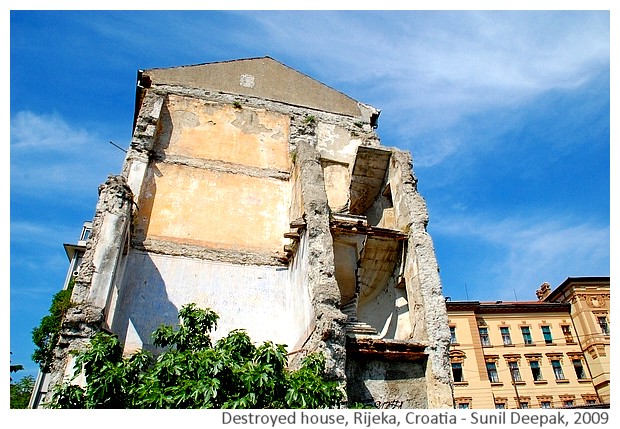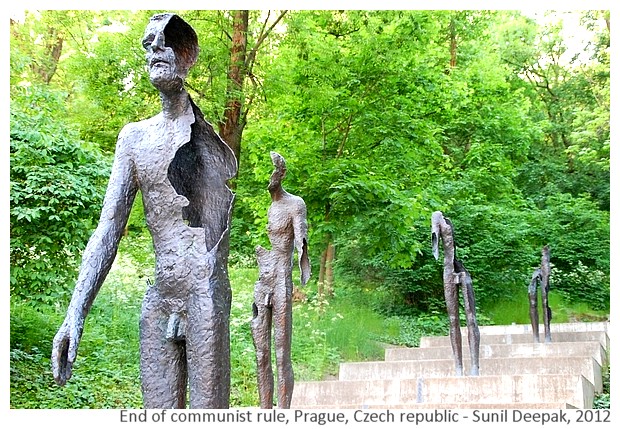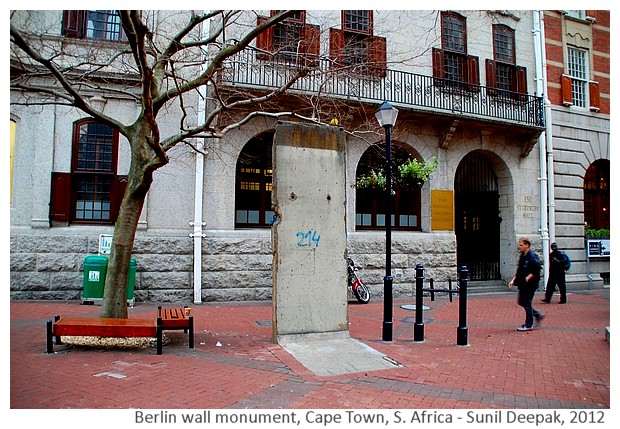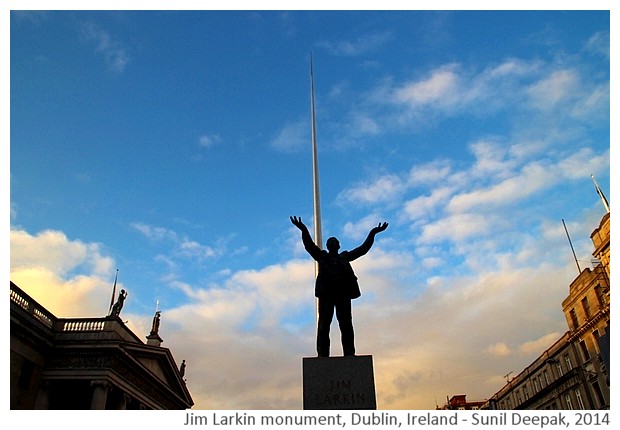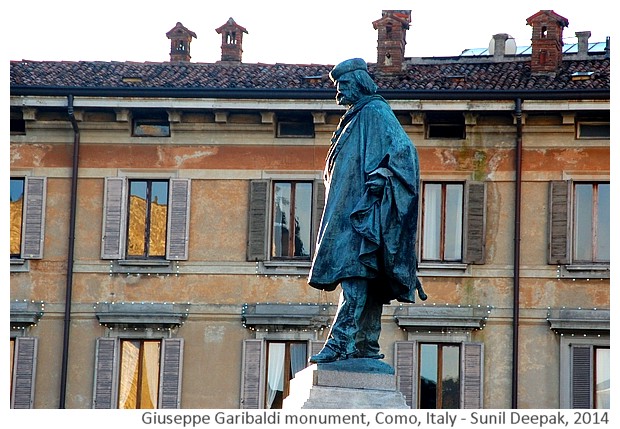When I visit any country, I like to know its people and to understand their history and culture. However, though I have been to Liberia a few times, I have found it difficult to find a connection to the country's spirit, and in understanding its culture and history. Thus, the title of the book "The Dung Beetles of Liberia" immediately attracted me.
Dung Beetles
Dung beetles are found in the savanna regions in different countries of Africa and are not specific to Liberia. In my visits to Liberia, I have yet to come across these insects.The tropical grasslands of Africa known as "Savanna" play a crucial role in ensuring the continent's bio-diversity. They are characterised by tall grass with a few scattered trees. According to National Geographic, the African savanna is the site of complex and inter-linked life-cycles:
"Healthy, well-balanced ecosystems are made up of multiple, interacting food chains, called food webs. Carnivores (lions, hyenas, leopards) feed on herbivores (impalas, warthogs, cattle) that consume producers (grasses, plant matter). Scavengers (hyenas, vultures) and decomposers/detritivores (bacteria, fungi, termites) break down organic matter, making it available to producers and completing the food cycle (web). Humans are part of the savanna community and often compete with other organisms for food and space."
According to Dr Frank Krell of the Natural History Museum in London, there are different varieties of dung beetles in Africa which play a fundamental role in ensuring the sustainability and survival of savanna by spreading the dung on the ground and by depositing it underneath hard soil so that it serves as fertiliser and nutrient for the savanna grass:
Dung is more than just waste, explains Krell; it is often full of seeds and burial by dung beetles may be crucial in the germination success of several plant species found on the savannah. Tunnelling and rolling species together not only distribute nutrients over the surface of the savannah but also dig it in for good measure, providing fertiliser at all levels of the soil profile to ensure a lush growth of vegetation during the rains. Around one tonne of nutrient-rich dung is deposited per hectare of the savannah each year, so there is more than enough to go round, especially once dug in by the enterprising insects.
"Leaving the engine idling with the prop turning over slowly, I bailed out of the cabin. I ran to the bush, which was mostly grass and weeds about chest high, and, with only moments to spare, relieved myself. While this relief was occurring, I heard the distinctive wuush, wuush, wuush of dung beetles crawling through the grass. I had been told that they could hear a mouse break wind from five miles away and could follow the scent. With my pants around my ankles and the sun beating down on my head, I started a little hippy hop, hippy hop movement to keep away from them."
Apart from the first chapter, the dung beetles do not make further appearances in the book, at least not in the insect form. The dung beetles in the title of the book, make one think that it is an entomology book. When I started reading it, I thought that it was a light-hearted story of an expatriate in Africa and his struggles with local fauna and flora. Instead, the book refers to his encounters with other kinds of dung beetles, many of whom are also expatriates.
Other Dung Beetles in Liberia
Some dung beetles eat the shit, others live in it. Meier's Liberia is about 7 years in the life of Ken Verrier starting from 1961, while he is trying to escape from his guilt at his brother's death. The country seems to be full of bipedal kind of dung beetles - from a corrupt system oiled by "dash" and ex-slave Americo-Liberians living in the replicas of American plantation houses where they were slaves; from the Nazi pilots refugees from Germany on their way to South America to the Israeli spies. As the next excerpt shows, it seems that in the 1960s, Liberia was one of the richest economies in Africa and had different groups of expats.A lot of wealth was pouring into the country, mostly from international corporations. The national transportation system was still largely underdeveloped. Most of the roads had been built by international mining, timber, and rubber companies. These roads served the companies as well as the people of Liberia and were not paved. During the wet season they often became impassable. There was one national airline, Liberian National Airways, but it flew only to a few nearby destinations outside of Liberia.
I noticed that the volume of voices had gotten much louder. Beer was flowing more freely and the pilots started singing old beer hall songs, then Luftwaffe fight songs. One of the pilots stood up, swayed several times, took a couple of gulps of beer, and started singing the German national anthem. Everyone joined in, including Ana. When that was finished a pilot, whose name was Willy, climbed onto the bar, rolled up his right shirt sleeve to reveal a tattoo of a red swastika on his upper arm with “Deutschland Für Immer” inscribed beneath it. He started goose-stepping up and down the bar giving the Nazi stiff-arm salute and shouting, “Leben sie Langa, Liebe sie Langa, Fur Gott, Fuehrer und Vaterland, Machen Deutchland Wieder Groß!”
The pilots cheered and toasted Willy with mugs of beer and then began a rhythmic pounding of their feet on the floor while shouting, “Ein Reich! Ein volk! Ein Füehrer! Deutschland für immer! Ja, ja!”
Liberia Today
Meier's book is about Liberia and Africa of 1960s and it looks at the country from a white American expatriate's eyes. Apart from the Germans and persons from international corporations involved in diamond mines, it touches on two other groups of expatriates - missionaries and Lebanese businessmen.The Liberia that I have known over the past couple of years is very different and yet similar to the one described in the book. It has been devastated by decades of an incredibly brutal and prolonged civil war, followed by the deadly Ebola epidemic. During my visits in the areas affected by the civil war, I have heard nightmarish stories of violence by persons who were children at that time and saw their families raped and hacked to death in front of them. I have also talked to some who were forced to become child soldiers and who still carry the scars of their experiences on their souls.
I have heard that after the end of the civil war in 2003, for a decade Liberia was full of European NGOs and U.N. forces who had come here following the scent of reconstruction money and emergency aid programmes. They are all mostly gone now after the Ebola scare in 2014, when the GDP growth had plunged from more than 8% to less than zero. Though the Ebola epidemic was controlled in 2016, its shadow still seems to dog the country. The corruption mentioned in Meier's book still seems omnipresent while the violence seems to be hidden just below the surface of ordinary daily life, threatening to erupt now and then in the protests and witch-hunts, just like it does in the book during the part about President Tubman:
Tubman decided to make an example of them, so he announced there would be a Justice Day. And when that day came, justice was to be held in the football stadium. It was done at night for full effect. You know, like the Nazis used to do at Nuremburg with their torches and vertical lights. Herr Speer called it the ice palace.
“It was like a sports affair. Vendors were selling cotton candy, beer, shit like that. And just at the right moment, he got up into the speaker’s stand and called for the criminals to be brought out. The same white Mercedes was driven out onto center field and two policemen got out. They opened the rear door and dragged out three guys who were handcuffed and chained together. Then Tubman made this long speech in the style of der Fuehrer about how he was going to put an end to crime and, after a timed pause, he extended both arms and said, ‘Now let justice be done,’ and the crowd went wild.”
The cops dragged the three guys around to the rear of the car, opened the trunk and threw them in, and slammed the trunk lid down. A pickup truck drove out to the scene and the cops started offloading five-gallon cans of petrol. They must have dumped fifty gallons of the stuff in and on the car. Tubman gave the signal by suddenly lowering his arms, and the cops lit the car off. At that point the crowd let out a scream that made what’s left of my hair stand on end. I’ve never heard anything like it. It was like ten thousand people at the height of supreme ecstasy.
The book ends with a cliché image of Africa, a Guinea worm - Ken takes out a male worm from his knee, wrapping it around a match-stick and he realises that the demons chasing his soul are gone and it is time for him to go back to his home in the USA.
Looking for the Real Liberia
While visiting Liberia, I have felt as if I am visiting a country without a history. Which may be true in a way because it was created in 17th century by the freed slaves coming back from America. Their cultures and histories had been snatched away from them when they or their fathers had been captured and taken away in the slave-ships. They were brought back and had been implanted in the midst of local tribes. They had become the Americo-Liberians, subjugating the local tribes exactly as they themselves had been subjugated.Given this history as the seed of their nation, it is no wonder that Liberians had to struggle to find a unity in their nationhood. It is quite likely that the process of assimilation is not yet complete and continues to erupt every now and then, in the lack of trust between its people.
Over the past five hundred years, the empire-builders and exploiters from north Africa and Europe have crushed and cancelled any sense of value the different African people had regarding their own cultures and beliefs. Religious proselytisation by Islamic and Christian preachers have brought new cultural values to replace the old beliefs. Except may be for Yoruba people in Nigeria, none of the civilisational cultures of Africa have survived this onslaught. Compared to the rest of Africa, the cultural challenges which Liberia faced were probably even worse and thus their transition to the modern nation state has had its ups and downs.
Over the past five hundred years, the empire-builders and exploiters from north Africa and Europe have crushed and cancelled any sense of value the different African people had regarding their own cultures and beliefs. Religious proselytisation by Islamic and Christian preachers have brought new cultural values to replace the old beliefs. Except may be for Yoruba people in Nigeria, none of the civilisational cultures of Africa have survived this onslaught. Compared to the rest of Africa, the cultural challenges which Liberia faced were probably even worse and thus their transition to the modern nation state has had its ups and downs.
Conclusions
Today's Liberia is changing. There are no longer any big groups of German expats here. The Lebanese are still there but over the past couple of years, many of them have left the country. Instead there are groups of Indians, Chinese, Ghanaians and Nigerians who dominate the country's commerce. Thanks to the Chinese, there is a nice road from Monrovia to Ganta, though travel to rest of the country continues to be back-breakingly difficult, especially in the rainy season.For me Meier's book was an opportunity to take a look at Liberia's recent history. I enjoyed it but in the end I feel that it is only a very superficial glimpse and has left me craving for more. I wish a writer like James Michner could have written a book about Liberia (like his books on Alaska, Hawa'i and Caribbean)!
Probably most African nations would also need such writers, who can combine the mythical with historical and civilizational ethos and with an ambitious vision to unearth their people's histories. Probably Nigerians and Ghanians have had more success in this, but I may be biased in the favour of anglophone world while similar voices exist in other areas of the continent,about which I am not aware.
*****

